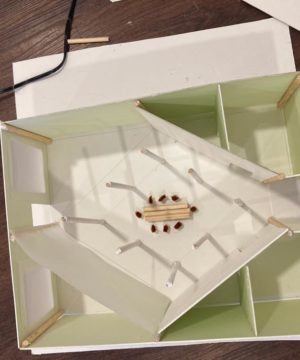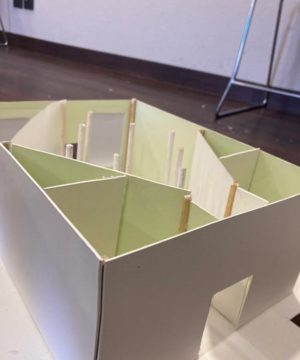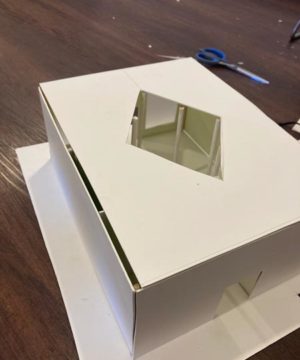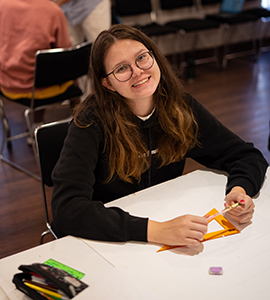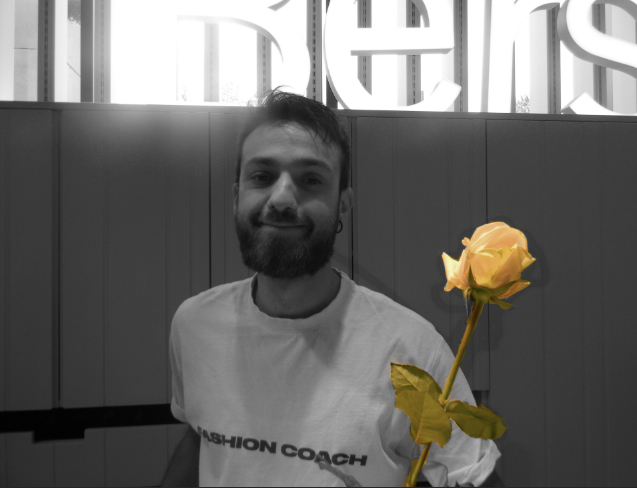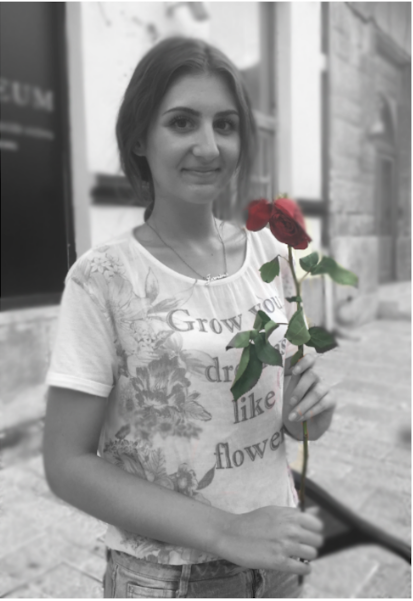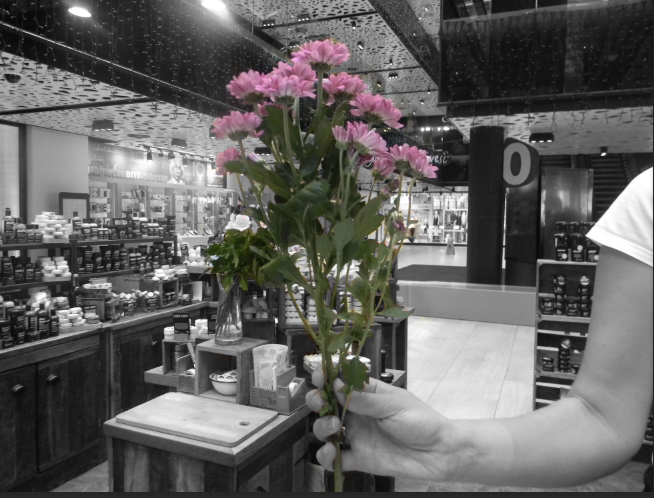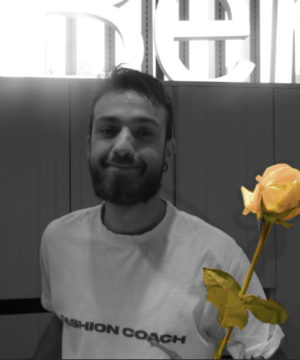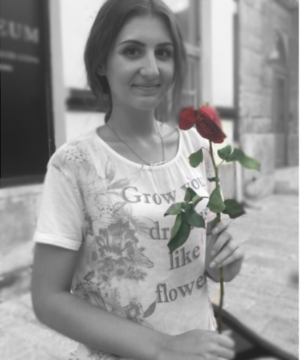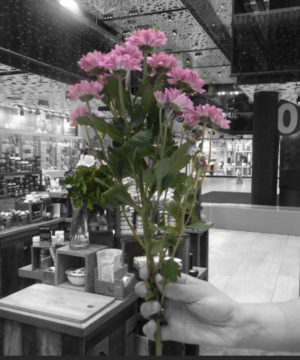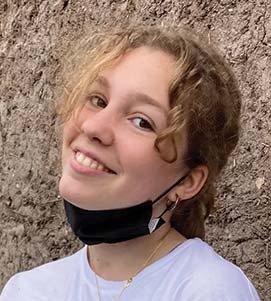
One of my favorite sessions was right after our wexplore, visiting Tierra del Sol. It was unbelievable. The place was fantastic and so heart-warming. Everything was so thought out and showed an impressively accurate representation of what a community space should look like. I spent such a great time there and hope to go again. I learned more than I could’ve imagined.
-Class of 2023 Student Mila F.
Driving Question: How might we use our understanding of architecture through time to design a context-informed structure?
Our group designed what we believe is a modern take on a traditional Oaxacan house and gastronomical hub which showcases the Oaxaca’s rich food and drink diversity.
What new things did you learn about yourself?
We learned about the impact of colonialism on Mexican architecture through our experience through seeing the use of traditional European elements that incorporate Mexican structures.
What are your big takeaway lessons from this project?
Our biggest takeaway was the process of the environmental impact analysis as I feel like the process of environmental impact analysis will be very important in any project I want to do that involves construction thinking about input and output I am putting in the environment.



